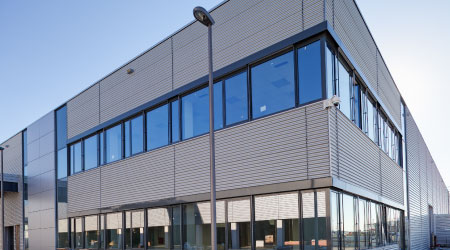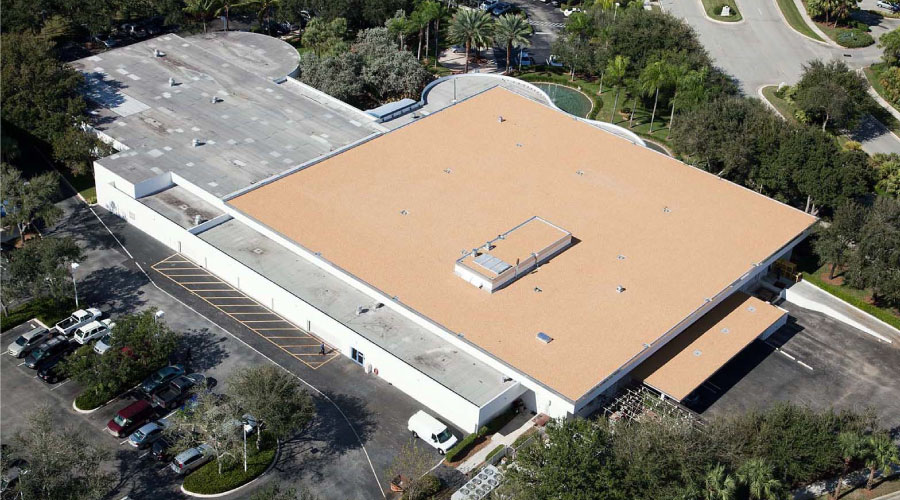Vegetative Roof Financial Benefits Include Increased Property Values, Tax Incentives And Reduced Energy Costs
There are a number of financial benefits to vegetative roofs. Among them are increased property values, tax incentives and reduced energy costs.
2. Increased Property Value
The installation of a vegetative roof system can make the building more marketable, if plans are to sell the building in the near future. If the buyer has a use for the additional outdoor space for such things as employee cafeteria eating space, outdoor child care space, or even staff meeting space by adding cover such as a gazebo or other shelter, the value of the building will benefit. While it's hard to put a financial figure on aesthetics, many times the improvement to the looks of the building can set it apart from others in the area and make for a quicker sale.
3. Tax Incentives
Many utilities, states, and local municipalities offer tax incentives for the installation of a vegetative roof. This should be a real consideration to be investigated because local, state, and even federal dollars by several different agencies can reduce the cost of installation, as well as shorten the return on investment for the vegetative roof. Facility managers should check with their local utility and code officials regarding any available incentives, and how to apply.
4. Reduced Energy Costs
The thickness of the vegetative system, including the different types of media layers, will create an insulating layer that helps reduce building heating and cooling costs. How much energy can a vegetative roof save? That depends on location and such factors as sunshine, ambient temperature, and rainfall. It is not unusual for roof surface temperatures to reach 160 degrees Fahrenheit and even higher on a clear sunny day with ambient temperature as low as the 80s. Evaporation and insulation provided by the green roof can bring the roof temperature down much closer to the ambient temperature and, in some cases, even lower. Studies have found that cooling costs for a one-story building can be reduced by as much as 25 to 50 percent with a vegetative roof. If a vegetative roof is being considered for new construction, think about the initial cost savings for reduced HVAC equipment size.
In the winter, the layered system can serve as an air barrier between colder layers and the heated space below. Although the heat savings will not be as great as the cooling savings, even with snow cover, the system acts effectively as additional insulation to reduce heating costs.
5. Employee Productivity
Although this may not be as quantifiable as building value, a vegetative roof is a nice perk for building occupants. Employee creature comforts and productivity have certainly been found to be related. Consider Google, Apple, and many other companies in many fields of business that provide everything from in-house child care to employee transportation to and from work. Consider the possible increase in productivity for the business if the employees have a place to comfortably get some fresh air and sunshine during lunch or break times. Some companies even hold staff meetings on the roof.
The roof can also help insulate the interior space from ambient noise such as that found in airport flight paths. Look at a vegetative roof as efficient use of existing unused space.
Related Topics:













